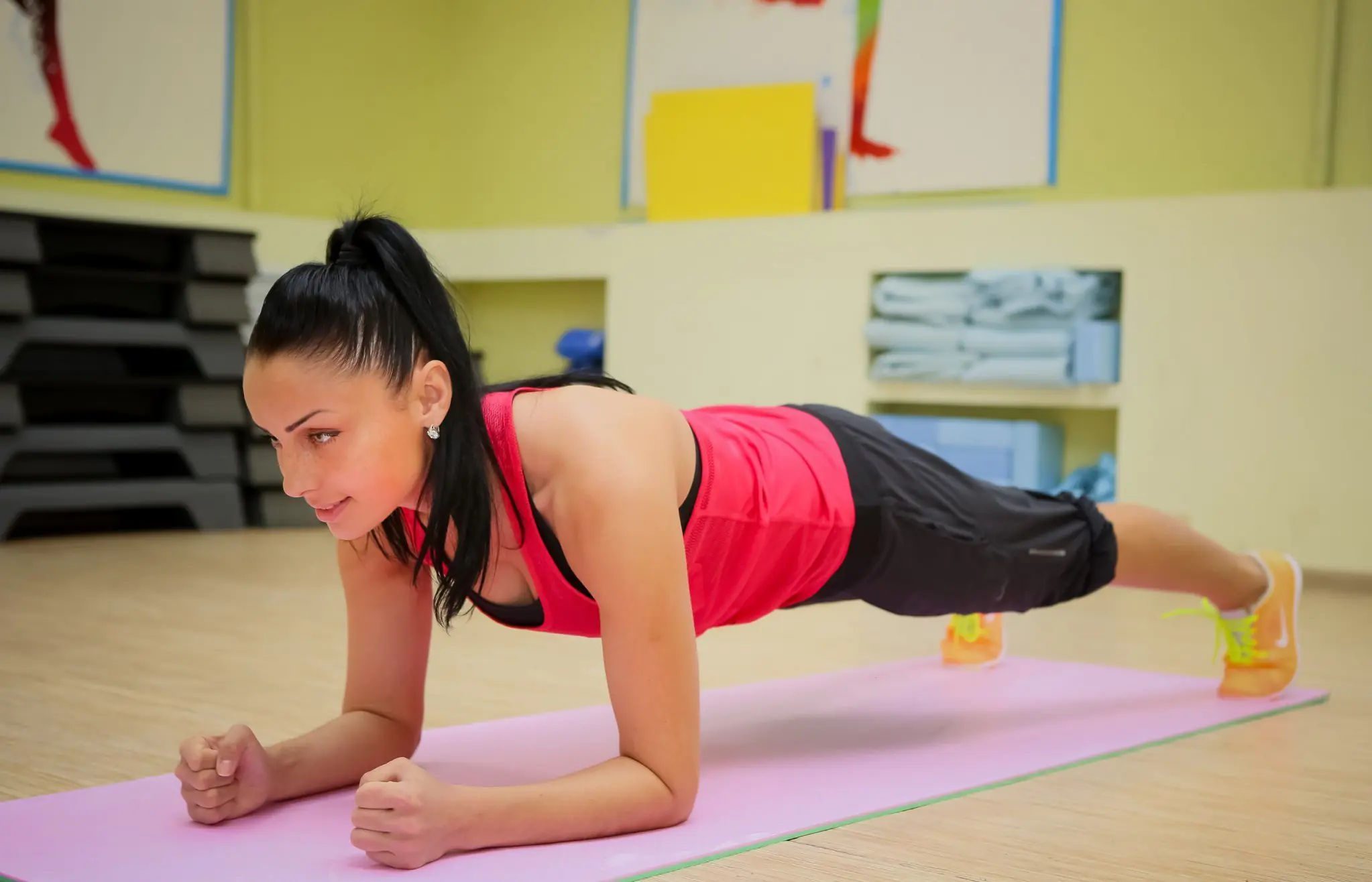The plank is one of the most underrated exercises. At first glance, there is nothing complicated about it, and it seems that “hovering” in the air does not cost any effort. And there is no point in doing the exercise regularly. However, in fact, the plank brings enormous benefits to the body. Which one? Read our material.
The plank exercise, although easy to perform at first glance, actually requires a lot of effort. After all, “hanging” in the correct position, holding your back correctly and straining your legs is not so easy. And to stand like this for two minutes you need to have endurance. If you do the plank regularly, after three weeks you will see real results.
Endurance development
The plank develops endurance. And within a month you will be able to easily endure more complex loads than you could before. The fact is that the plank affects the muscles of the arms, back, abs and legs, teaching you to keep them tense. This is a great endurance workout.
If you are involved in some other sport or work out in the gym, you will notice that your body can reach new heights and where you would have given up a month ago, now you no longer give up.
In addition to the positive aspects for endurance, the plank also strengthens the immune system. In fact, these two processes are closely interrelated. After all, the more endurance the body has, the stronger its immunity. It is for this reason that athletes rarely get sick.
Muscle strengthening and flexibility
Regular planking strengthens muscles. In general, the static load makes them beautiful and strong. Yes, they do not sway as they do during weight training, but nevertheless the muscles become hard and stand out on the body.
The plank strengthens the muscles of the back, abs and buttocks especially well. If we talk about the visual effect, after a month of training you will see a more even posture and feel firmness in the buttocks and abdomen. Your legs will also be well strengthened.
The plank has a positive effect on the development of flexibility. In particular, it works well on the shoulder girdle and lumbar region. Of course, you won’t become a gymnast or a ballerina by doing the plank, but you can easily become more active.
The plank stretches the hamstrings very well, thereby making the legs more flexible. It is especially good to perform the plank for those who strive to do the longitudinal splits, but their knees do not fully extend. After a few months of training, this problem will go away.
Psychological aspect
The plank exercise helps relieve stress. Sounds unrealistic, right? Although in reality this is true. So, during the day, the muscles harden and create a feeling of stress. This is not necessarily some kind of physical discomfort - you may not feel anything other than general fatigue. The plank stretches the core muscles of the body, thereby returning them to a comfortable state: fatigue leaves the body and you feel renewed.
In addition, experts say planking calms the brain and can even lift you out of depression by strengthening core muscles and increasing blood circulation.
The plank exercise came into the world of fitness from yoga. Ancient practitioners did it in order to remove any thoughts from their heads, relax and tune themselves to the positive.



